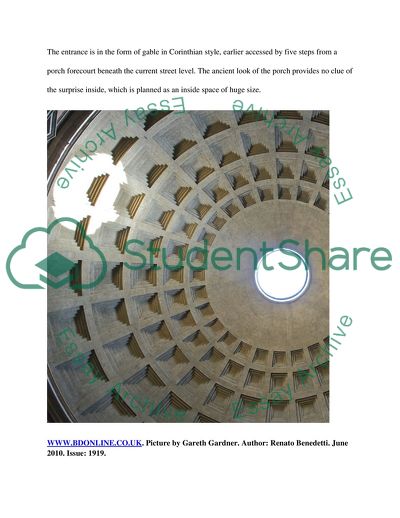Cite this document
(The architecture of the Pantheon and Its History Coursework Example | Topics and Well Written Essays - 2000 words, n.d.)
The architecture of the Pantheon and Its History Coursework Example | Topics and Well Written Essays - 2000 words. https://studentshare.org/architecture/1778966-architecture-of-the-pantheon-and-its-history
The architecture of the Pantheon and Its History Coursework Example | Topics and Well Written Essays - 2000 words. https://studentshare.org/architecture/1778966-architecture-of-the-pantheon-and-its-history
(The Architecture of the Pantheon and Its History Coursework Example | Topics and Well Written Essays - 2000 Words)
The Architecture of the Pantheon and Its History Coursework Example | Topics and Well Written Essays - 2000 Words. https://studentshare.org/architecture/1778966-architecture-of-the-pantheon-and-its-history.
The Architecture of the Pantheon and Its History Coursework Example | Topics and Well Written Essays - 2000 Words. https://studentshare.org/architecture/1778966-architecture-of-the-pantheon-and-its-history.
“The Architecture of the Pantheon and Its History Coursework Example | Topics and Well Written Essays - 2000 Words”. https://studentshare.org/architecture/1778966-architecture-of-the-pantheon-and-its-history.


